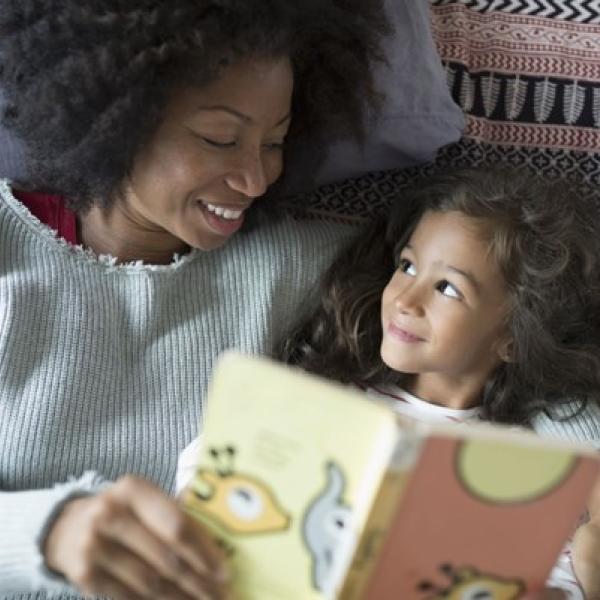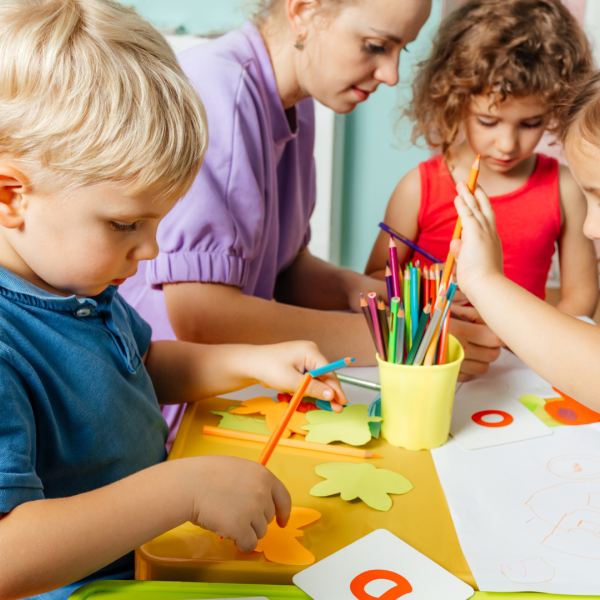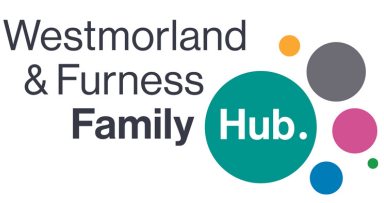Home Learning

Roots to Reading
A guide to reading for 0 to 4’s
This guidance aims to provide an overview of how to lay firm foundations for children aged 0 to 4 years old to enable them to eventually become enthusiastic, competent and confident readers.
It addresses the benefits of reading to young children and the impact it can have on their holistic development.
The guidance also provides practical ideas on:
- how to select appropriate books
- when and how to read with young children
- the identification of skills which need to be nurtured and developed in other areas of the curriculum to support reading.
Other websites
Book trust Bookfinder: find children's books for every age | BookTrust
Love my Books http://www.lovemybooks.co.uk

What can I do today at home?
‘What can I do today?’ practical ideas and activities for parent/carers to do at home to encourage children’s learning.
This activity resource book was developed so that you can dip in and out of, to find things to do at home and encourage families to enjoy them together.
- Activities and ideas are based around objects and materials that can be found at home or that can be found on walks.
- Some activities are more suited to babies and some to older early year’s children. You can pick activities that you think are best suited to your child and adapt them to meet your child’s needs.
- The key is enjoying the activities and spending time together and it is important to ensure that the materials used are safe for the age/stage of your child.
- While we hope you get a lot out of the activities don’t forget that great play does not always have to be planned.
Other websites
Tiny Happy People - Activities for 2-3 year olds (bbc.co.uk)

Chat, Play, Share
Nursery rhymes provide bite-sized learning opportunities for young children to develop key developmental skills and can often be the trigger for hours of creative and open-ended play.
They are a powerful learning source in early literacy and enable children to become interested in the rhythm and patterns of language. Consider the alliteration in “A Sailor Went to Sea Sea Sea”, or the onomatopoeia in “Baa Baa Black Sheep” and rhyme in “Twinkle Twinkle Little Star”. Many nursery rhymes are also repetitive which can support the development of memory and kickstart the practice of listening and speaking.
Experts in literacy and child development have discovered that if children know eight nursery rhymes by heart by the time they're four years old, they're usually among the best readers by the time they're eight. - Mem Fox, Reading Magic.
Here are a few examples
If you’re happy and you know it….
Other website
Nursery Rhymes and Songs - A to Z - BBC Teach
